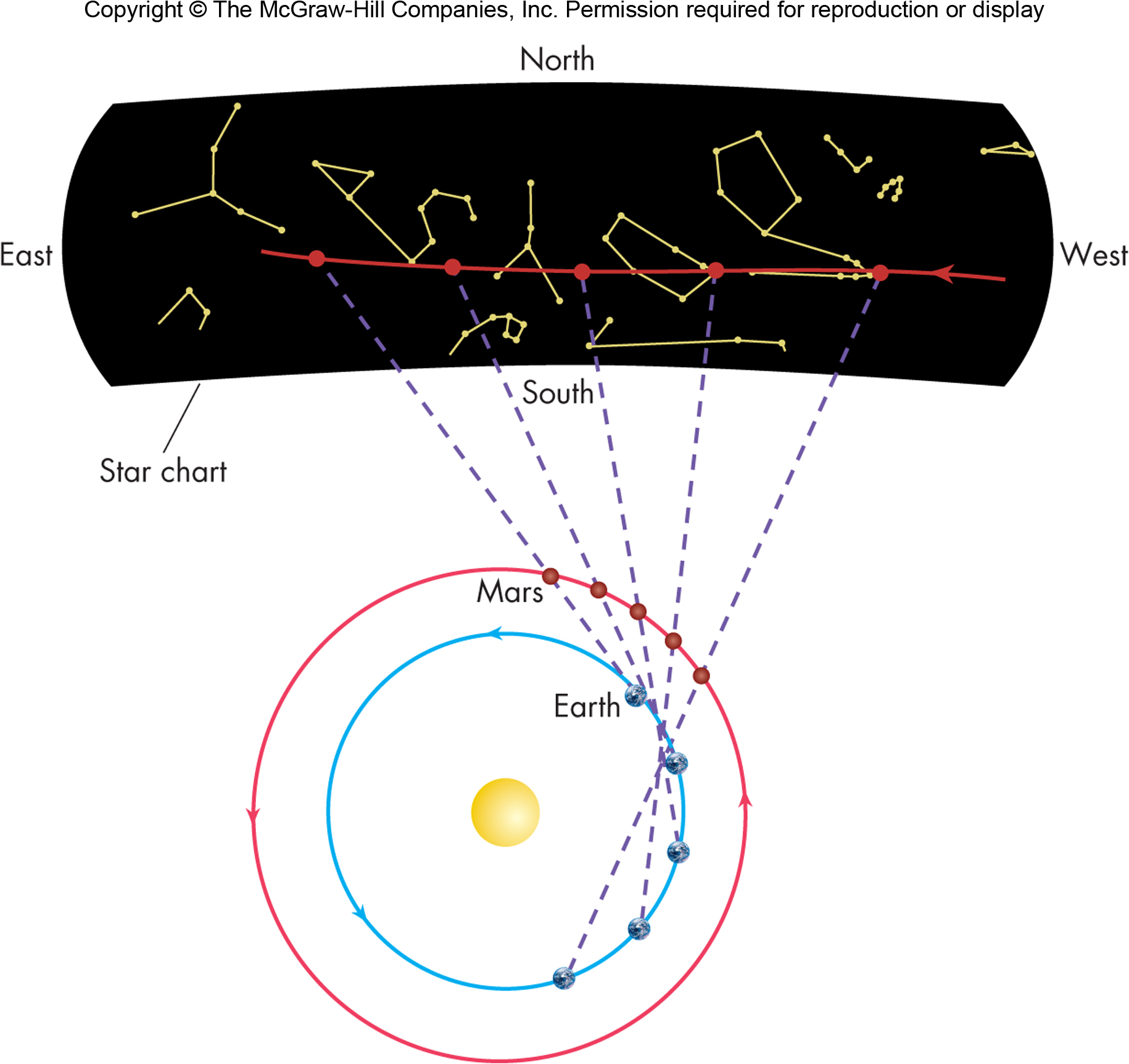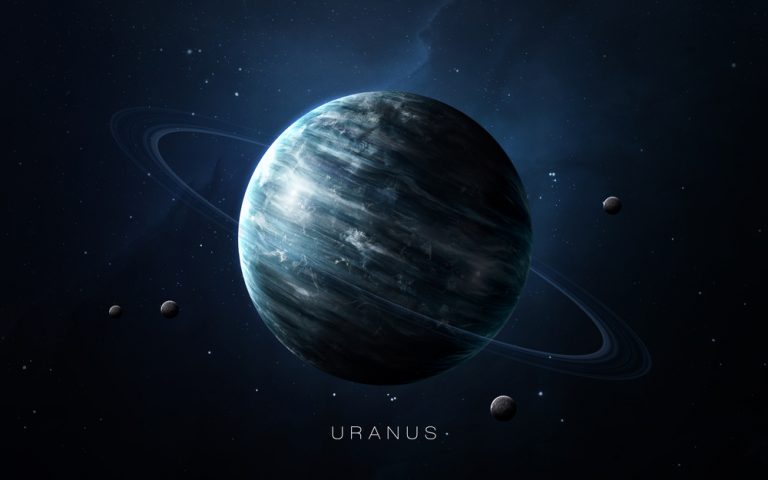

This is in line with the plane of the system. This periodic motion can be attributed to the gravitational pull of a planet or, sometimes, another star orbiting the star. One technique involves detecting the very slight motion of a star periodically moving toward and away from us along our line-of-sight (also known as a star’s “radial velocity”). Some extrasolar planets have been directly imaged, but most have been discovered by indirect methods. The disk is not centered on the planet, suggesting that another planet may be pulling on the gas as well. The extrasolar planet Fomalhaut is surrounded by a large disk of gas. Ptolemy’s version of the geocentric model worked so well that it remained the accepted model of the universe for more than a thousand years. This circle moves around Earth in a larger circle, called a deferent. In Ptolemy’s system, a planet moves in a small circle, called an epicycle. the astronomer Ptolemy resolved this problem by using a system of circles to describe the motion of planets ( Figure below). One problem with the geocentric model is that some planets seem to move backwards (in retrograde) instead of in their usual forward motion around Earth.Ī demonstration animation of retrograde motion of Mars as it appears to Earth can be found here:Īround 150 A.D. The model also explained why the planets move differently from the stars and from each other. The geocentric model worked well, by explaining why all the stars appear to rotate around Earth once per day. This diagram of the universe from the Middle Ages shows Earth at the center, with the Moon, the Sun, and the planets orbiting Earth. Since the planets appear to move much faster than the stars, the Greeks placed them closer to Earth. From Earth outward, these spheres contain the Moon, Mercury, Venus, the Sun, Mars, Jupiter, and Saturn. Each object in the sky is attached to a sphere and moves around Earth as that sphere rotates. Geocentric means “Earth-centered.” In the geocentric model, the sky, or heavens, are a set of spheres layered on top of one another. This view is called the geocentric model of the universe. The ancient Greeks believed that Earth was at the center of the universe, as shown in Figure below. Since then, scientists have discovered two more planets, many other solar-system objects and even planets found outside our solar system. The ancient Greeks identified five of the planets and for many centuries they were the only planets known.

Humans’ view of the solar system has evolved as technology and scientific knowledge have increased. Name the planets, and describe their motion around the sun.Describe historical views of the solar system.


 0 kommentar(er)
0 kommentar(er)
